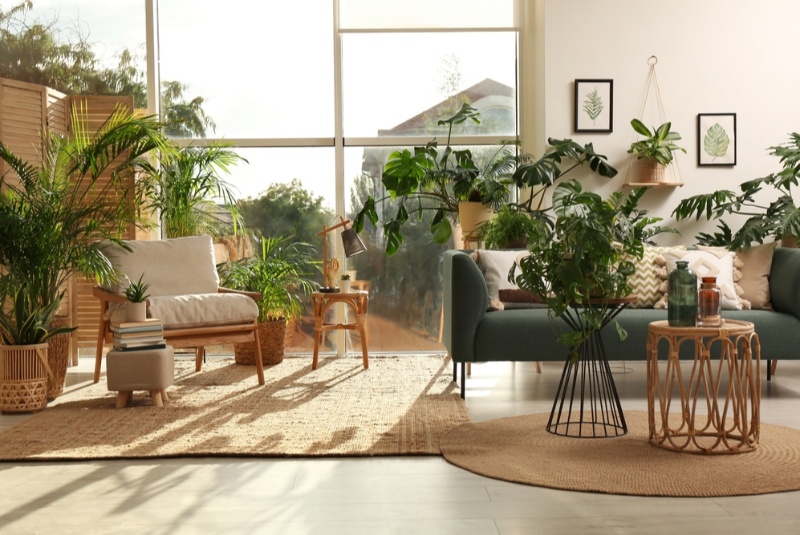The embrace of houseplants has blossomed into a global hobby, fueled by the allure of greening our personal spaces. This passion for indoor greenery transforms our homes into living ecosystems, nurturing not just plants but also our well-being. The art of growing houseplants requires patience, understanding, and a healthy amount of love, with the reward being a home teeming with life and purifying energy.
Houseplants represent a unique category in the vast world of flora. They are chosen for their ability to thrive in indoor conditions, offering a wide array of choices to satisfy various aesthetic preferences. From the bold Monstera Deliciosa to the cascading String of Pearls, each plant has a distinct character and care routine that cater to different levels of horticultural expertise.
One might ask, "Why are houseplants capturing such widespread interest?" Aside from their aesthetic appeal, they offer tangible health benefits. NASA's famous Clean Air Study has highlighted the capacity of houseplants to improve indoor air quality. They filter harmful toxins and release oxygen, creating a healthier living environment. Moreover, studies have shown that tending to plants reduces stress, enhances focus, and promotes a sense of satisfaction.
Starting your houseplant journey might seem intimidating, but it's surprisingly simple once you understand a few basics. Your role as a plant parent begins with selecting the right plant. Your living conditions, including the amount of natural light your home receives, temperature ranges, and your ability to provide care, are key determining factors. Once you have chosen your leafy friend, the next step is to understand its needs, which include light, water, and soil nutrients.
Different plants require different levels of light. Some thrive in bright, indirect light, while others are content in low-light conditions. An improper light environment could stunt a plant's growth or even kill it. Thus, assessing the light conditions of your home and matching them to the needs of your plant is critical.

Watering is another vital aspect. Overwatering is a common mistake among novice plant parents, leading to root rot and plant death. Each plant species has unique watering requirements that depend on its natural habitat. Desert plants like succulents need less water, while tropical plants prefer more humidity. A simple rule of thumb is to let the top layer of soil dry out between watering.
Nutrition is the third pillar of plant care. Just like us, plants need a balanced diet to flourish. They extract nutrients from the soil, so replenishing it periodically is essential. A general-purpose houseplant fertilizer, used as directed, should meet most indoor plants' needs.
While these three aspects form the foundation of plant care, each species might have additional requirements. For example, some plants need regular misting, while others need their leaves wiped to keep them dust-free. Understanding these nuances can help you create a healthy environment for your plants.
Maintenance aside, the joy of nurturing houseplants extends beyond care routines. Styling your home with plants is an art in itself. Arranging them in different heights and textures can create a visually appealing green space. Moreover, the pot you choose can be a statement piece that adds character to your home. From rustic terracotta to chic ceramics, the possibilities are endless.
Lastly, part of the beauty of nurturing houseplants is the community it builds. From online plant exchanges to local plant clubs, you can connect with fellow plant lovers, share tips, and celebrate your plant milestones together.
In the end, the art of nurturing houseplants is about building a relationship with nature. It's about understanding and respecting the needs of another living thing and celebrating its growth. It's a practice of patience, where the journey of watching your green companions thrive is just as important as the destination. As they say, "The best time to plant a tree was 20 years ago. The second best time is now." So, go ahead, embark on your houseplant journey, and let nature nurture you.




